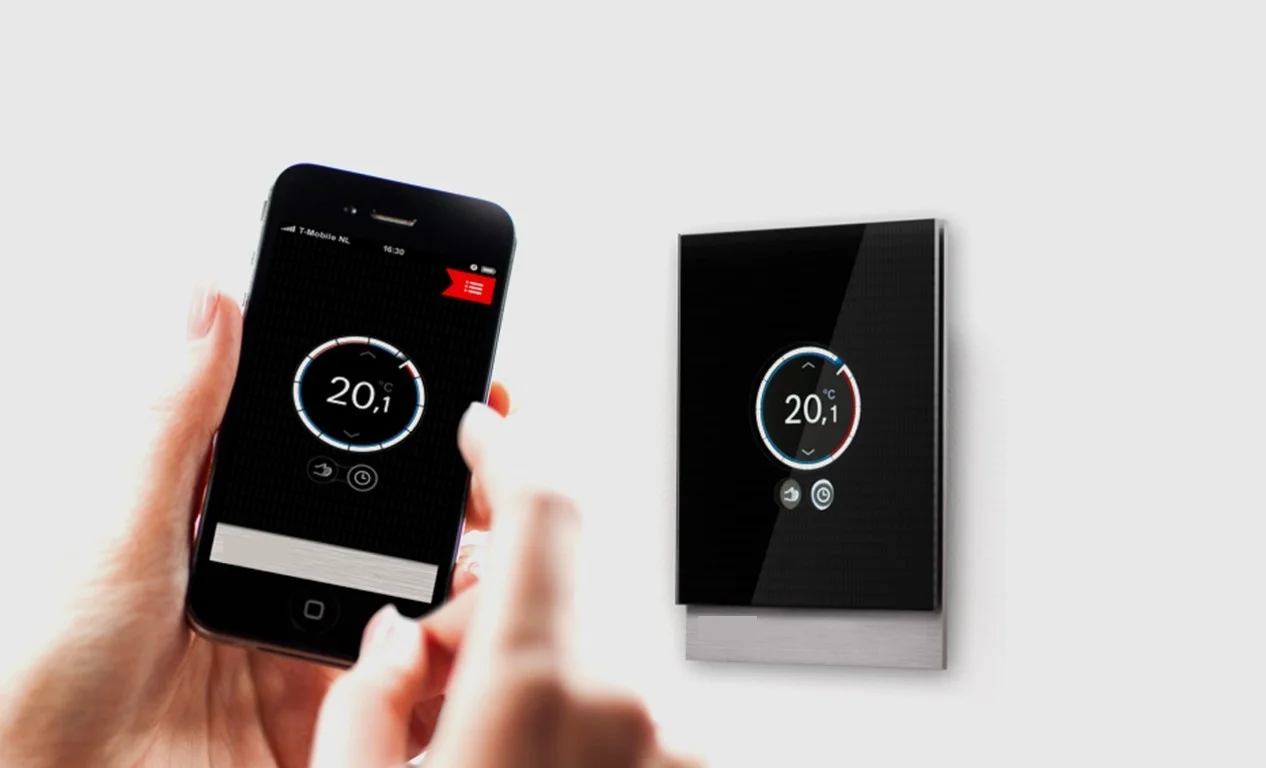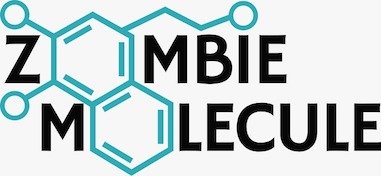
DEEP LEARNING SMART HEATING
SERVICE
ALPHA PROTOTYPE
CHALLENGE
Given the Energy constraints of the UK, a large energy supplier was expected to deliver innovative services that improved energy usage and cost effective ways whilst maintaining high levels of safety and consumer energy experience.
Optimizing energy consumption through data-insight to enable consumers to spend money on consuming heat as comfort, was a key initiative to deliver on Co2 targets and costs saving for the British Government.
Length of Project - 13 months, Service Design effort - 16 weeks
APPROACH
Across 3 work streams working jointly across energy company and NGO teams I identified, evaluated and quantified improvement opportunities (quick wins, 2-3 years and 3-5 years timeframe). I specifically focused on:
Consumer journeys - exploring options to optimise energy using A.I and Machine Learning by consumers.
Asset management: identifying opportunities to introduce services to improve “acquisition” and “ownership” costs of energy bills that included heating equipment.
New smart heating touchpoint: this included options to introduce new heating touchpoint where “IoT sensors” automatically communicated to central router hubs, and consumers could manage heating through a single mobile application.
OUTCOME
Prioritised 21 initiatives with some of them being treated with end-consumers.
We specifically defined three stages of a pilot to ensure the A.I learnt, then began to inform consumers, and finally model multiple use cases.
3 months into the pilot the energy supplier estimated considerable impact using AI to optimise consumer consumption with possible expected savings of £90 / year per consumer (dependent on house installation and U.K location).
SERVICE SAFARI OF ENERGY CONSUMPTION
Using the clients existing consumer insights, myself, human factors and a UX designer scripted an observation guide and visited 15 consumers (families, single people, young couples, elderly, frequent travellers) homes to determine similarities/differences. Our observations confirmed consumer mental models around the thought process associated with comfort, compared to traditionally setting heating timers and paying a monthly usage rate. To communicate these insights I used card sorting to visualise key themes and patterns.
Affinity and card sorting comfort behaviours
“I was trying to save money and be more efficient with my heating by turning it down, but it was just getting too cold and now we are overspending.”
CONSUMER COMFORT MOTIVATIONS
To complement the visual themes and patterns from consumer observations, we identified eight different key attributes and I clustered them together to produce a user type matrix. In a two day workshop with the client, these deliverables were used to tell consumer and energy provider stories, crystallised our understanding of human comfort. In teams of four we role played stakeholder roles and responsibilities, envisioning and exemplifying what service concepts could motivate a change in energy consumption behaviour.
Collaborating to synthesis insights around energy services and consumer motivations
MAPPING CONSUMER JOURNEYS
Post client workshop we had identified key motivations surrounding consumer home comfort. I created a service concept room, and with a data scientist, cloud developer and UX designer we roleplayed pre/during/post consumer experiences uncovering opportunities. We invited other stakeholders to contribute there thoughts, which gradually evolved to a living-breathing service blueprint.
Discussing user journeys and storymaps with cloud developers and UX designers
EXPLORING SERVICE CONCEPTS
We ran four of Google's 'agile design sprint in five-days' generating a number of concepts, which enabled us to rapidly design up low fidelity concepts and quickly test them with consumers to determine which ideas worked - and which didn't. We continued to iterate through paper prototypes, which allowed us to put validated consumer concepts in front of the client during design reviews.
Various low-fidelity service concepts prototyped with consumers
AN OPERATIONAL ECOSYSTEM USING AI
To simplify complexity and help the client and team understand the bigger picture of how the end-to-end energy service would work, I created a map of the ecosystem describing the key stakeholders, touchpoints and the operations needed. The map enabled me to seek multiple inputs from colleagues, enabling us to strategically and systematically challenge solutions and identify new opportunities where operations would be powered by AI, and how this would impact stakeholders when making decisions together.
BUILDING A PROOF-OF-CONCEPT
After securing buy-in from the client around our service offering we had to build a proof-of-concept, to develop a knowledge base for the AI to learn from complex data being gathered from housing insulation materials and heating adjustment behaviours. From common high street D.I.Y and home improvement stores we built our very own smart energy home, where we conducted usability experiments with consumers and the energy client to iterate the architecture for a cloud-platform, physical & digital interface touchpoints, and organisational design the energy company would need to put in place when it went to alpha - such as a dedicated customer services team.
“By simulating the use of insulation materials and heating usage we can create a digital service that enables homeowners to set up a detailed, room by room heating schedule. Such a system will help us to understand the fabric of a home and how it is heated and cooled. The longer term goal will enable [energy company] to gain insight into how to better engage consumers in understanding energy, to develop highly discerning customers and to explore new ways of delivering energy services.”
RECRUITING FOR ALPHA TESTING
After developing and testing a concept where the AI infrastructure was in place, we designed a recruitment campaign for the client to prototype the service with real consumers they already provided energy contracts to. We developed a responsive website and recruited a total of 90 homes, where hypothesis and estimates identified in the proof-of-concept were carried out in the alpha experiment by the client over an entire British winter.




















